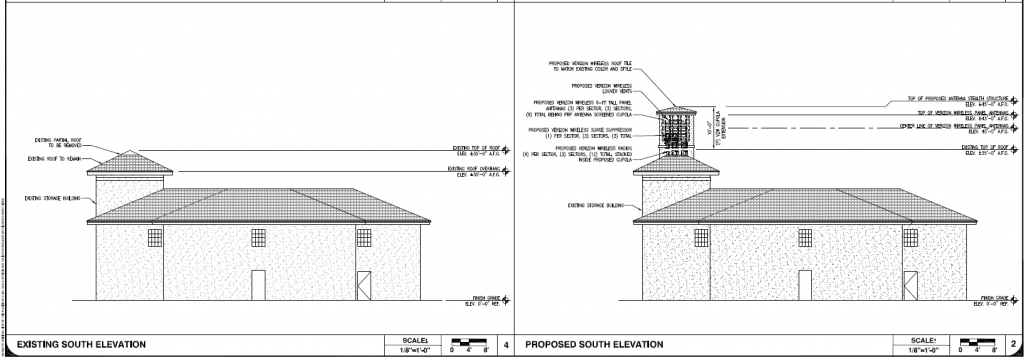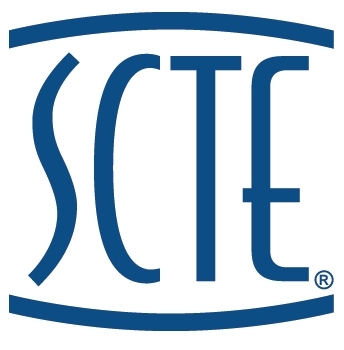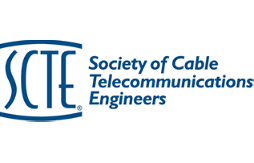Some commenters have described the DC Circuit’s decision in United Keetoowah Band of Cherokee Indians v. FCC, No. 18–1129, 2019 WL 3756373 (D.C. Cir Aug. 9, 2019) as being some sort of a magic bullet 5G/small cell killer. They also claim that the decision nullifies much of the FCC’s small cell rules, citing primarily to the personal observations of a FCC Commissioner.
I wish all that were true.
In fact, however, those commenters are only expressing their wishful, non-lawyer’s reading of the limited scope of the United Keetoowah decision. That’s why the ten local government cases now being litigated in the 9th Circuit remain the most important fights citizens have to truly set aside the FCC’s misguided, unjustified, industry-loving rules.
Lets take a look at what the FCC actually did to respond to the D.C. Circuit’s United Keetoowah decision:
First, the FCC amended 47 C.R.R. § 1.1312 to reduce the scope of the rule. Here’s a before and after comparison of the existing rule followed by the replacement rule that becomes effective on 12/5/2019:
| Original Text |
Text Effective 12/5/2019 |
Text Difference |
| § 1.1312 Facilities for which no preconstruction authorization is required. | § 1.1312 Facilities for which no preconstruction authorization is required. | None |
| (a) In the case of facilities for which no Commission authorization prior to construction is required by the Commission‘s rules and regulations the licensee or applicant shall initially ascertain whether the proposed facility may have a significant environmental impact as defined in § 1.1307 of this part or is categorically excluded from environmental processing under § 1.1306 of this part. | (a) In the case of facilities for which no Commission authorization prior to construction is required by the Commission‘s rules and regulations the licensee or applicant shall initially ascertain whether the proposed facility may have a significant environmental impact as defined in § 1.1307 of this part or is categorically excluded from environmental processing under § 1.1306 of this part. | None |
| (b) If a facility covered by paragraph (a) of this section may have a significant environmental impact, the information required by § 1.1311 of this part shall be submitted by the licensee or applicant and ruled on by the Commission, and environmental processing (if invoked) shall be completed, see § 1.1308 of this part, prior to the initiation of construction of the facility. | (b) If a facility covered by paragraph (a) of this section may have a significant environmental impact, the information required by § 1.1311 of this part shall be submitted by the licensee or applicant and ruled on by the Commission, and environmental processing (if invoked) shall be completed, see § 1.1308 of this part, prior to the initiation of construction of the facility. | None |
| (c) If a facility covered by paragraph (a) of this section is categorically excluded from environmental processing, the licensee or applicant may proceed with construction and operation of the facility in accordance with the applicable licensing rules and procedures. | (c) If a facility covered by paragraph (a) of this section is categorically excluded from environmental processing, the licensee or applicant may proceed with construction and operation of the facility in accordance with the applicable licensing rules and procedures. | None |
| (d) If, following the initiation of construction under this section, the licensee or applicant discovers that the proposed facility may have a significant environmental effect, it shall immediately cease construction which may have that effect, and submit the information required by § 1.1311 of this part. The Commission shall rule on that submission and complete further environmental processing (if invoked), see § 1.1308 of this part, before such construction is resumed. | (d) If, following the initiation of construction under this section, the licensee or applicant discovers that the proposed facility may have a significant environmental effect, it shall immediately cease construction which may have that effect, and submit the information required by § 1.1311 of this part. The Commission shall rule on that submission and complete further environmental processing (if invoked), see § 1.1308 of this part, before such construction is resumed. | None |
| (e) Paragraphs (a) through (d) of this section shall not apply: | e) Paragraphs (a) through (d) of this section shall not apply to the construction of mobile stations. | Rule changed to limit the scope of (a) through (d) to not apply to the construction of mobile stations. |
| (1) To the construction of mobile stations; or
(2) Where the deployment of facilities meets the following conditions: (i) The facilities are mounted on structures 50 feet or less in height including their antennas as defined in § 1.1320(d), or the facilities are mounted on structures no more than 10 percent taller than other adjacent structures, or the facilities do not extend existing structures on which they are located to a height of more than 50 feet or by more than 10 percent, whichever is greater; (ii) Each antenna associated with the deployment, excluding the associated equipment (as defined in the definition of antenna in § 1.1320(d)), is no more than three cubic feet in volume; (iii) All other wireless equipment associated with the structure, including the wireless equipment associated with the antenna and any pre-existing associated equipment on the structure, is no more than 28 cubic feet in volume; and (iv) The facilities do not require antenna structure registration under part 17 of this chapter; and (v) The facilities are not located on tribal lands, as defined under 36 CFR 800.16(x); and (vi) The facilities do not result in human exposure to radiofrequency radiation in excess of the applicable safety standards specified in § 1.1307(b). |
Text deleted |
Then the Commission changed one small element of 47 C.F.R. § 1.6002 to delete the cross reference back to § 1.1312(e)(2). Here’s a before and after comparison of the existing rule followed by the replacement rule that becomes effective on 12/5/2019:
|
Original |
Text Effective |
Text |
| (l) Small wireless facilities, consistent with § 1.1312(e)(2), are facilities that meet each of the following conditions: | (l) Small wireless facilities are facilities that meet each of the following conditions: | Deleted: “, consistent with § 1.1312(e)(2),” |
| (1) The facilities –
(i) Are mounted on structures 50 feet or less in height including their antennas as defined in § 1.1320(d); or |
(1) The facilities –
(i) Are mounted on structures 50 feet or less in height including their antennas as defined in § 1.1320(d); or |
None |
| (ii) Are mounted on structures no more than 10 percent taller than other adjacent structures; or
|
(ii) Are mounted on structures no more than 10 percent taller than other adjacent structures; or
|
None
|
| (iii) Do not extend existing structures on which they are located to a height of more than 50 feet or by more than 10 percent, whichever is greater;
|
(iii) Do not extend existing structures on which they are located to a height of more than 50 feet or by more than 10 percent, whichever is greater;
|
None
|
| (2) Each antenna associated with the deployment, excluding associated antenna equipment (as defined in the definition of “antenna” in § 1.1320(d)), is no more than three cubic feet in volume;
|
(2) Each antenna associated with the deployment, excluding associated antenna equipment (as defined in the definition of antenna in § 1.1320(d)), is no more than three cubic feet in volume;
|
None
|
| (3) All other wireless equipment associated with the structure, including the wireless equipment associated with the antenna and any pre-existing associated equipment on the structure, is no more than 28 cubic feet in volume;
|
(3) All other wireless equipment associated with the structure, including the wireless equipment associated with the antenna and any pre-existing associated equipment on the structure, is no more than 28 cubic feet in volume;
|
None
|
| (4) The facilities do not require antenna structure registration under part 17 of this chapter;
|
(4) The facilities do not require antenna structure registration under part 17 of this chapter;
|
None
|
| (5) The facilities are not located on Tribal lands, as defined under 36 CFR 800.16(x); and
|
(5) The facilities are not located on Tribal lands, as defined under 36 CFR 800.16(x); and
|
None
|
| (6) The facilities do not result in human exposure to radiofrequency radiation in excess of the applicable safety standards specified in § 1.1307(b).
|
(6) The facilities do not result in human exposure to radiofrequency radiation in excess of the applicable safety standards specified in § 1.1307(b).
|
None
|
don’t believe me? Take a look at a PDF copy of the official FCC rule changes published in the Federal Register on November 5, 2019, and effective on December 5, 2019: Small Cell Rules Changes Effective 12-5-2019 – FCC2019-24071.
Are the new rule changes a small cell killer? Sorry…No.
…a 5G killer? Not even close.
…wishful thinking? Yup.
Let’s keep our eyes on the right Small Cell rules fight, being fought in the right venue…the 9th Circuit Court of Appeals.
If you’re a member of the public really interested in changing fundamental concepts of wireless rules to be set and/or enforced by the FCC, then you should also fight your fight in the right venue, which is not before a local government that is obligated to follow state and federal laws, regardless of how little some may think about following the laws that exist. Consider visiting your Member of Congress and your U.S. Senators. Only they have the power to accomplish the fundamental changes that some members of the public wish to see happen.
Jonathan


